Somos Dominicanos Como Tú
Dominican Republic
2014-2025
It is past midnight when screams erupted through Batey Santa Maria, a small sugarcane community in the southwest of the Dominican Republic. Families raced into the street, some holding machetes and guns, as a white pick-up truck revved its engine and disappeared into the darkness.
“Immigration!” someone shouted, holding up the light from their cellphone. Although immigration agents were not able to take anyone that night, a question rippled through the crowd: when will they be back?


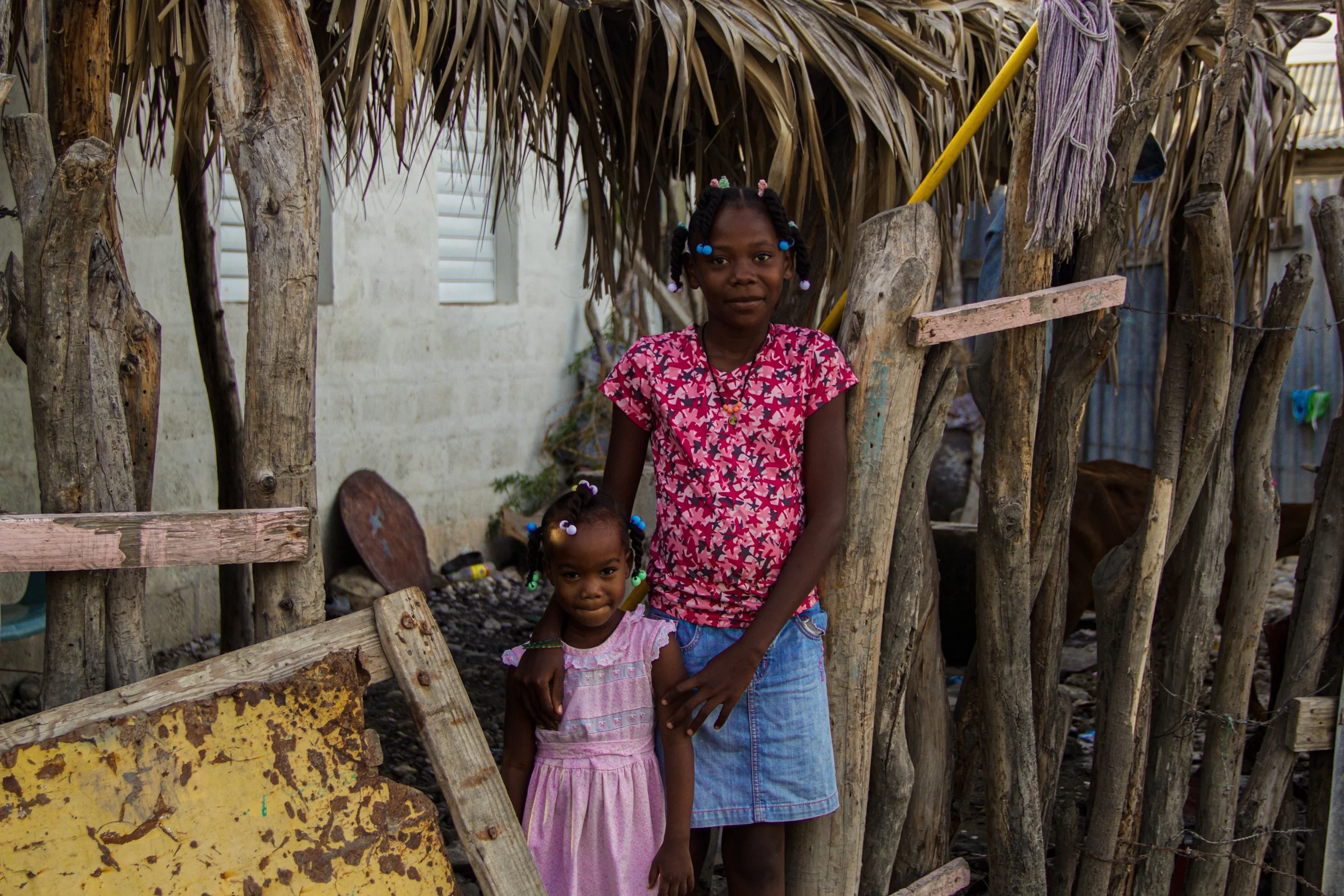





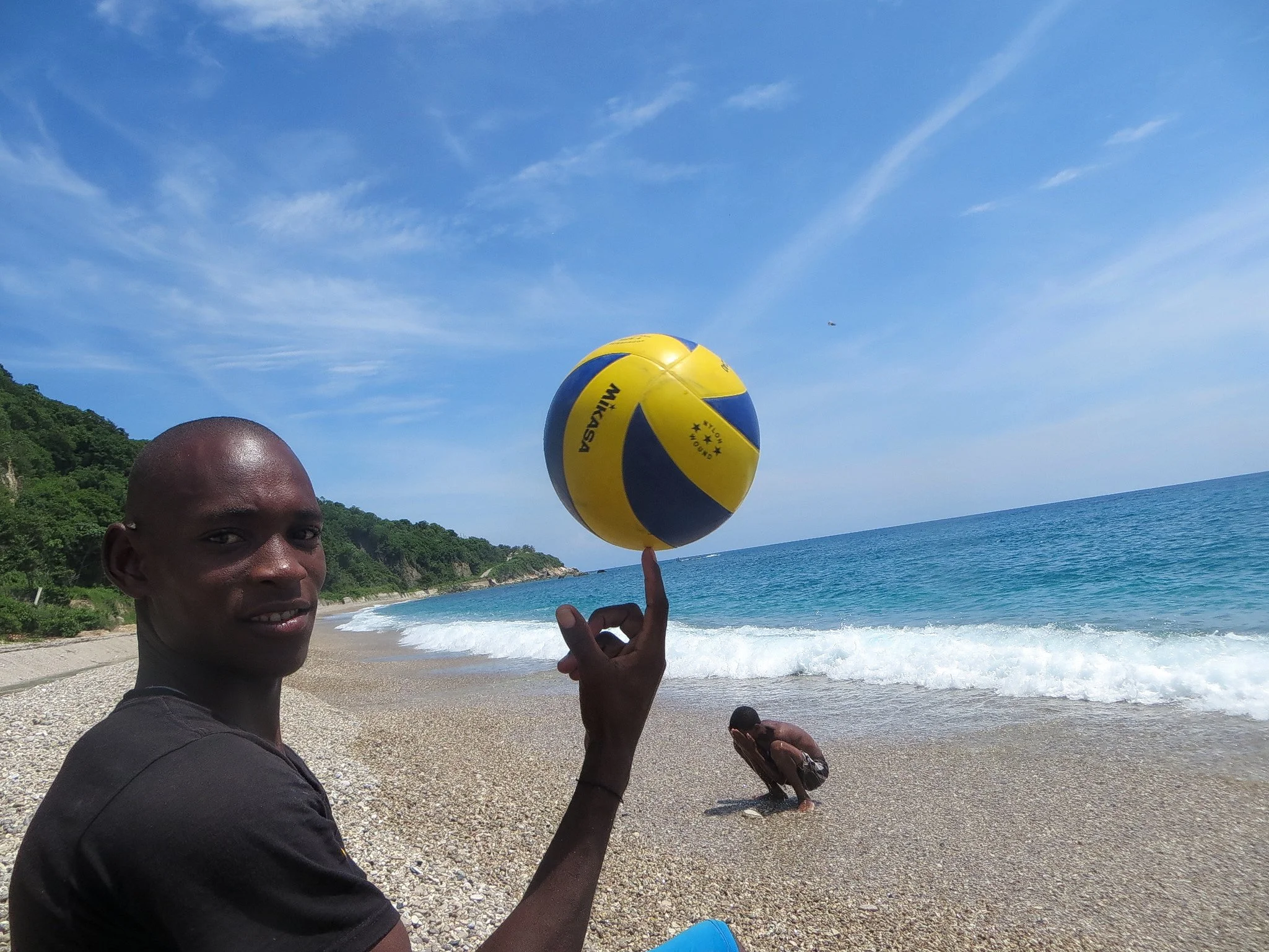

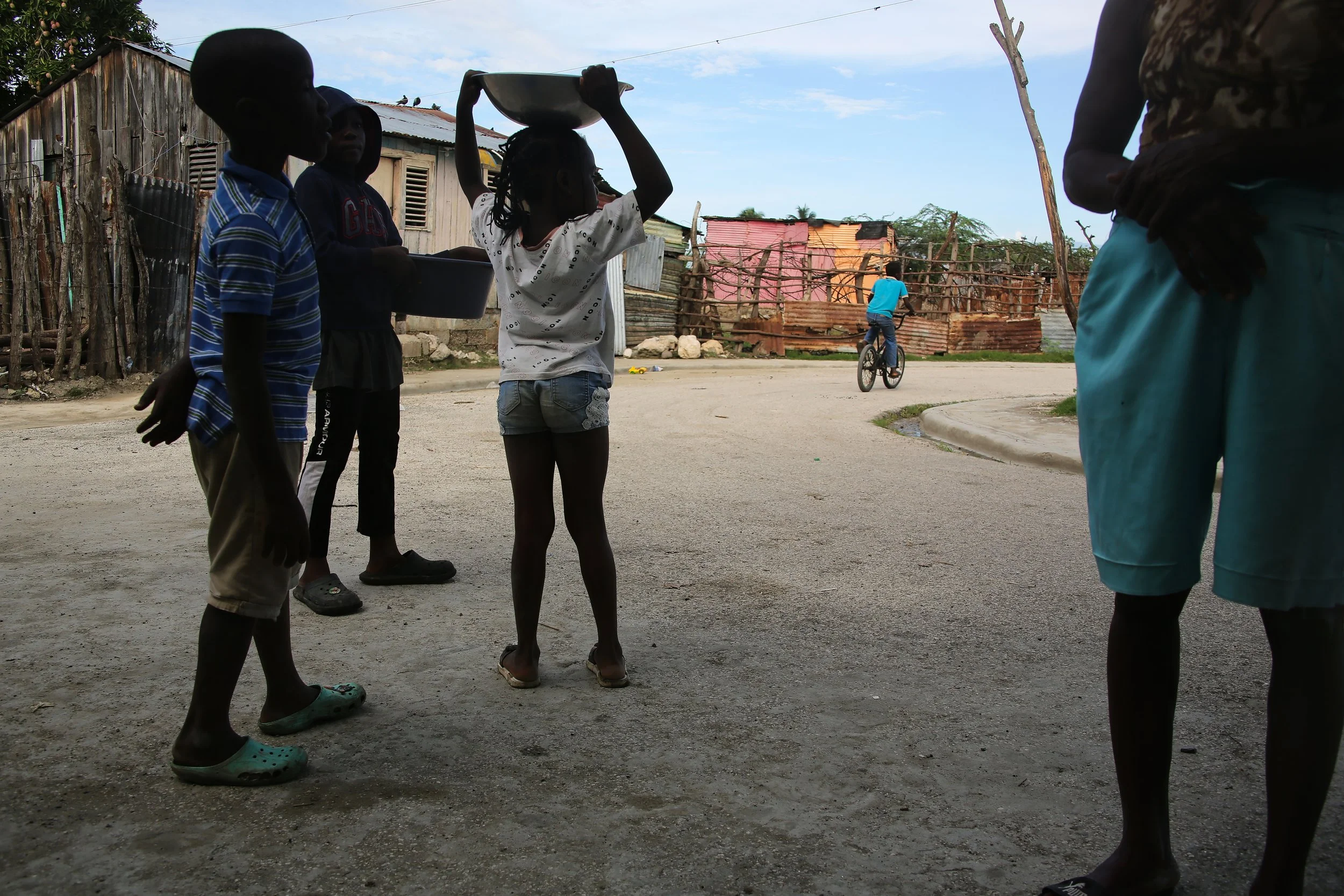
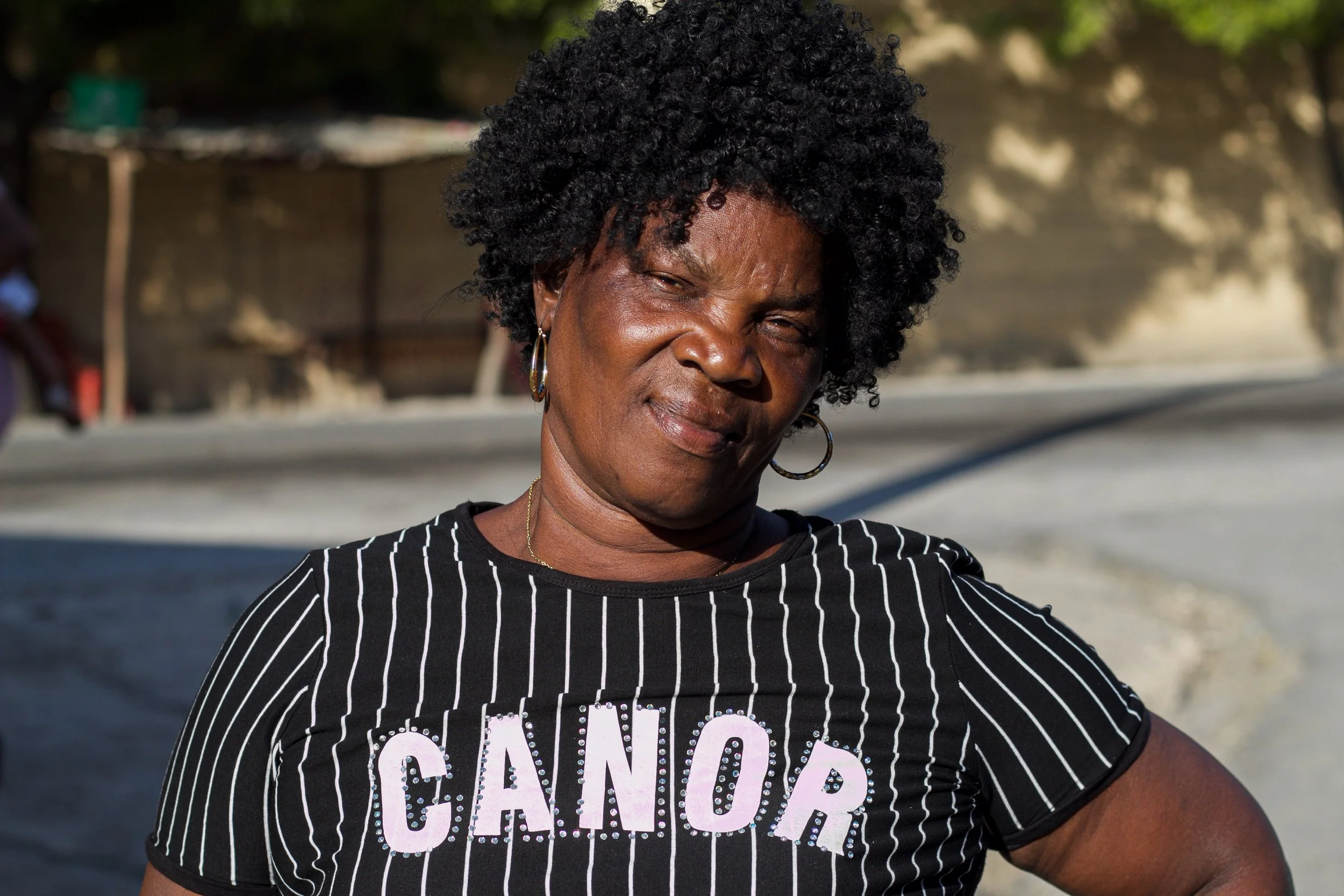

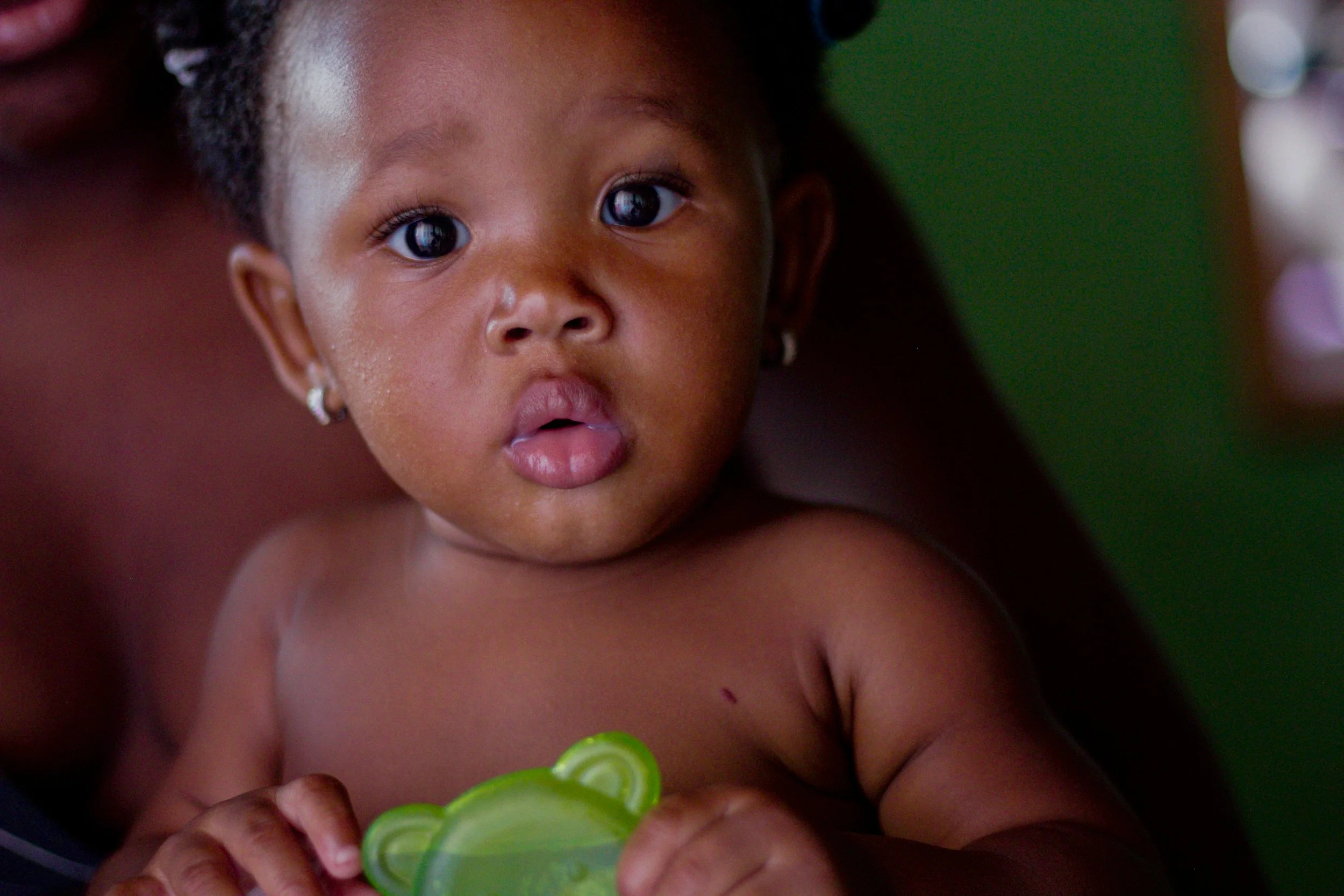

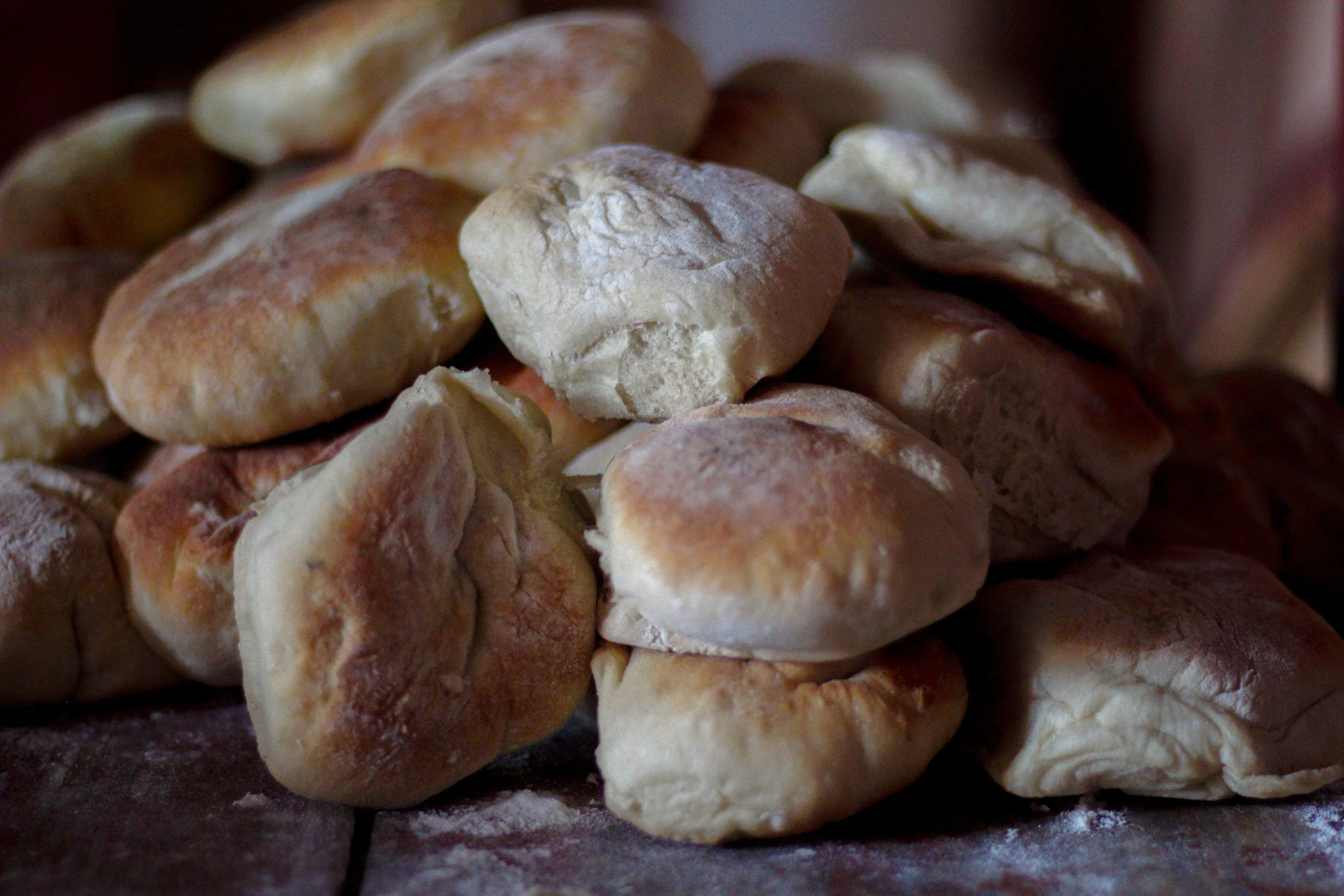
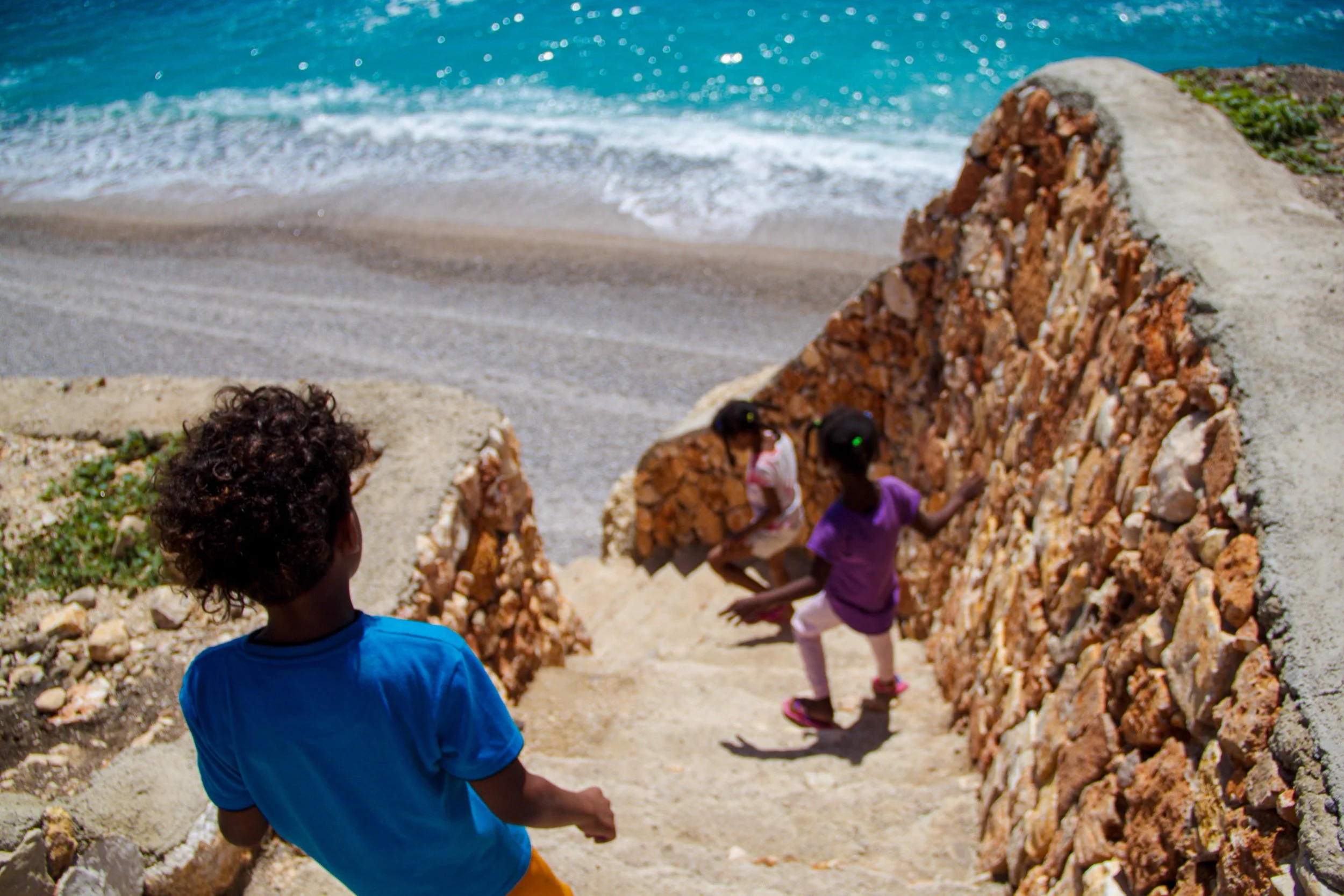
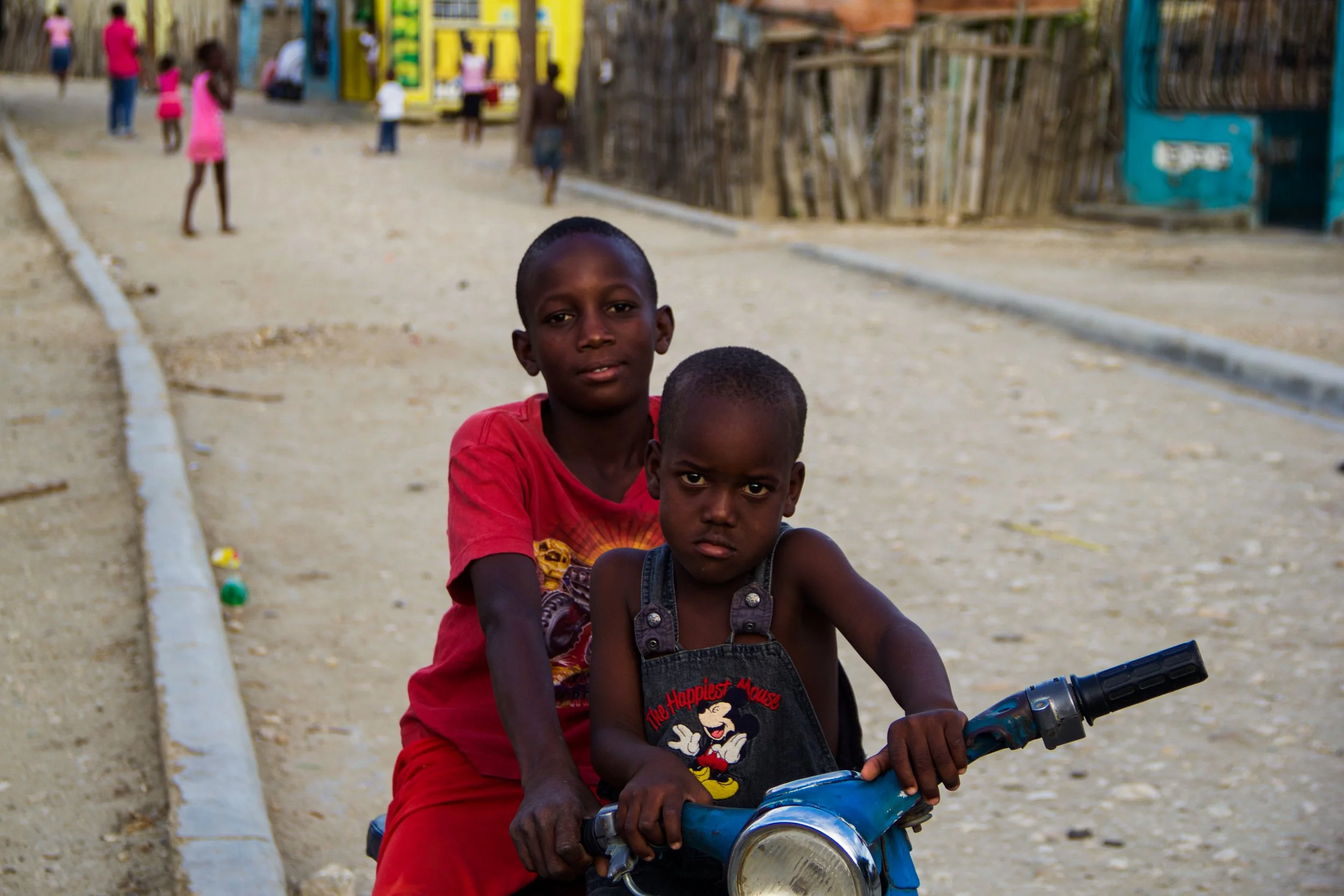
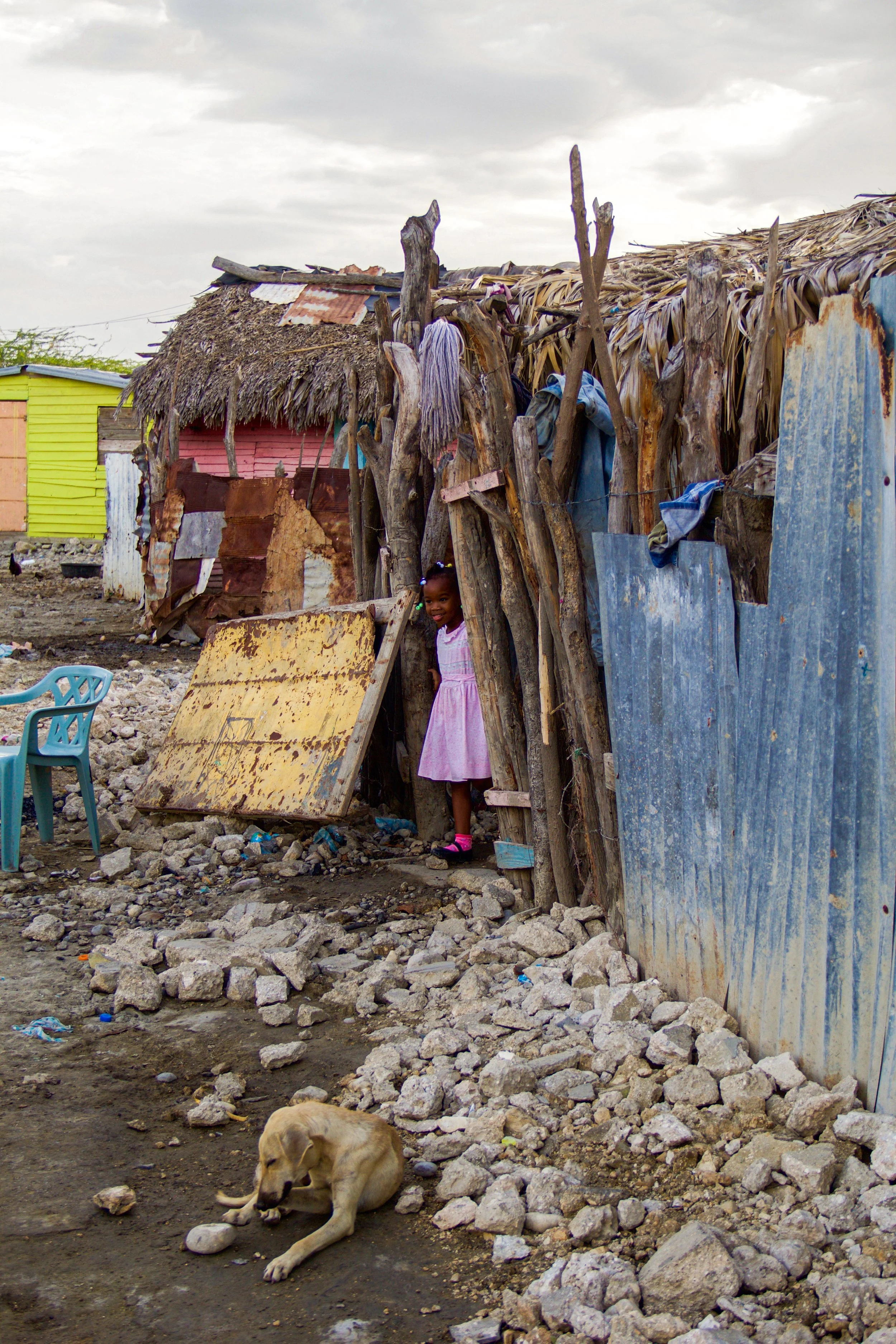

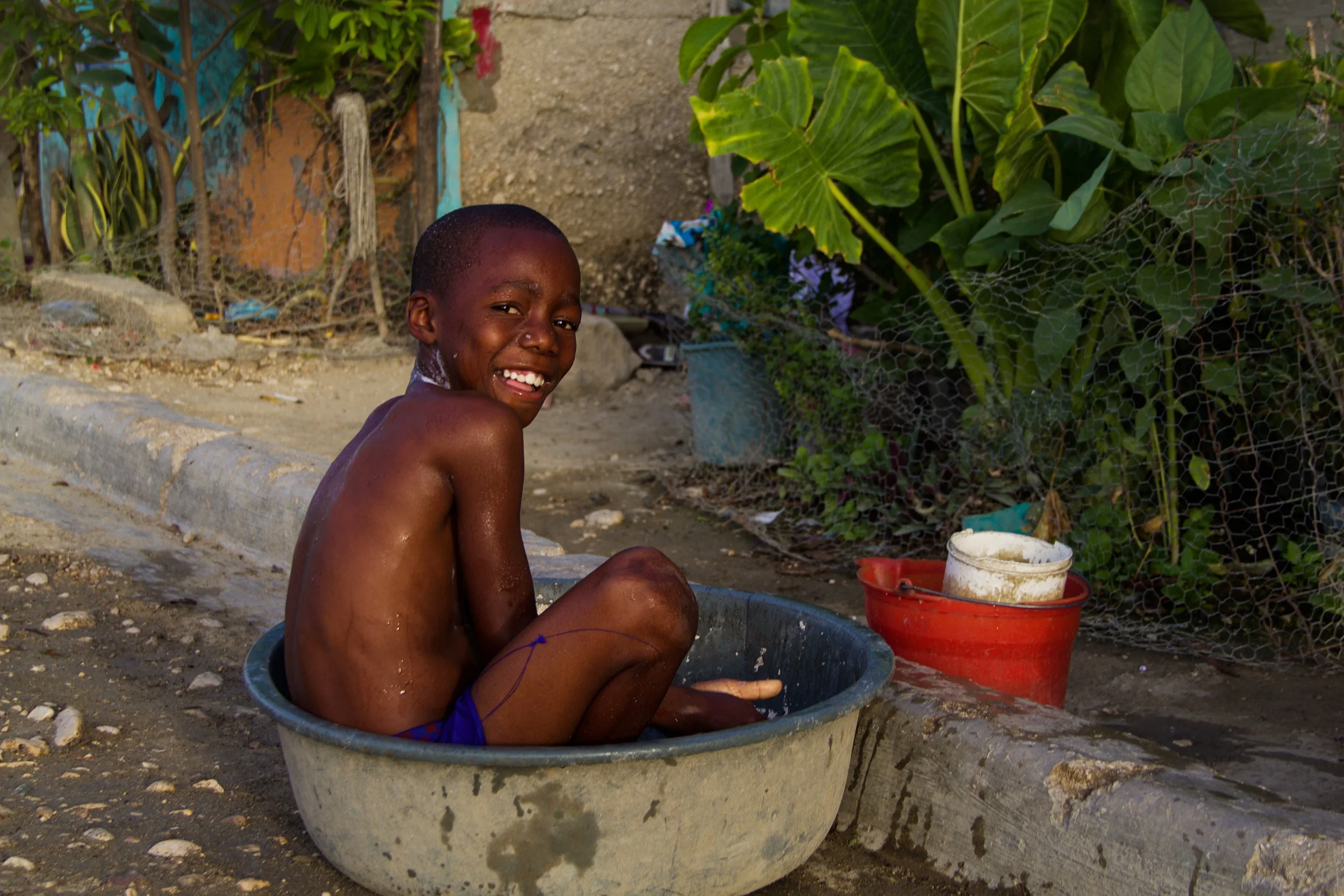






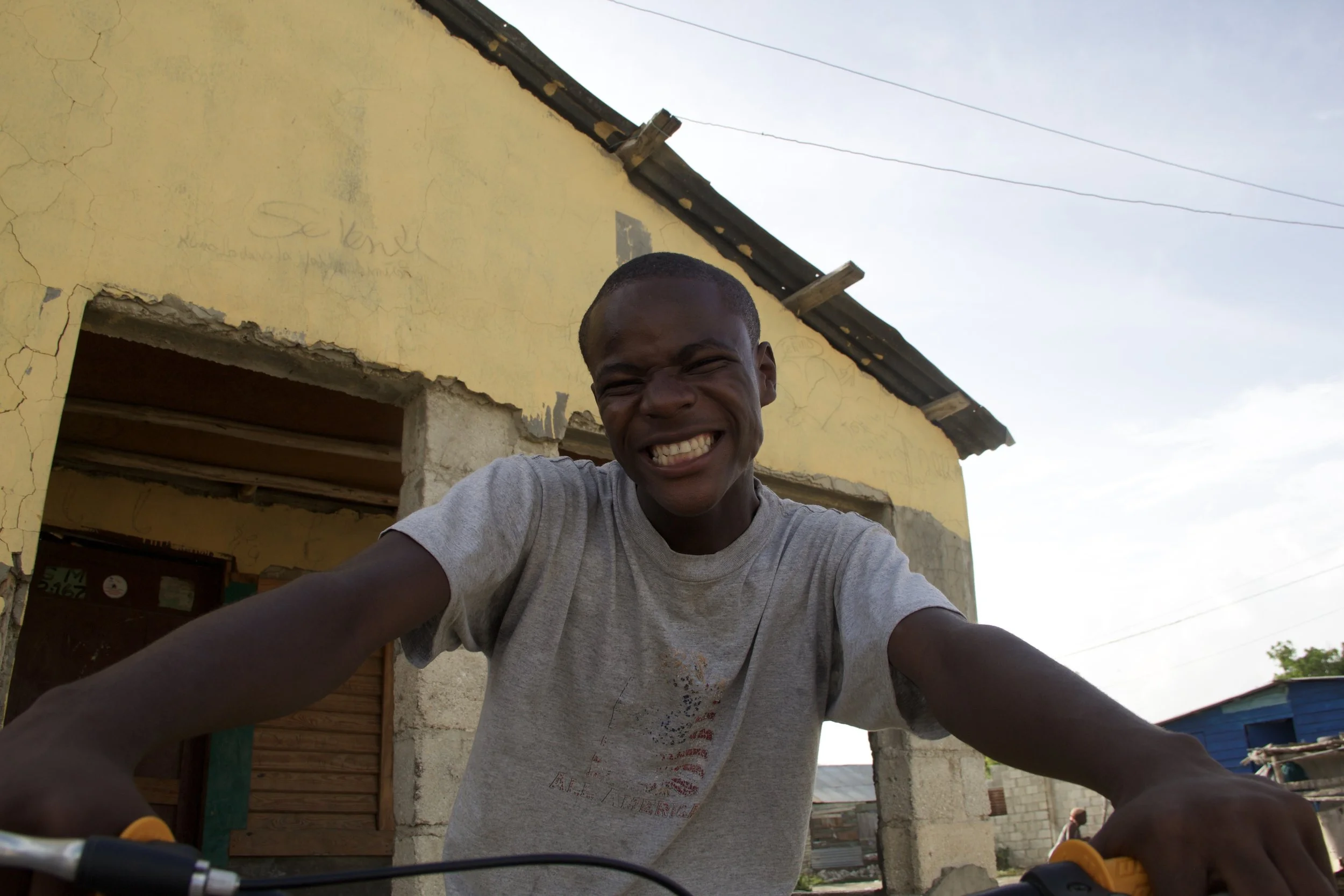

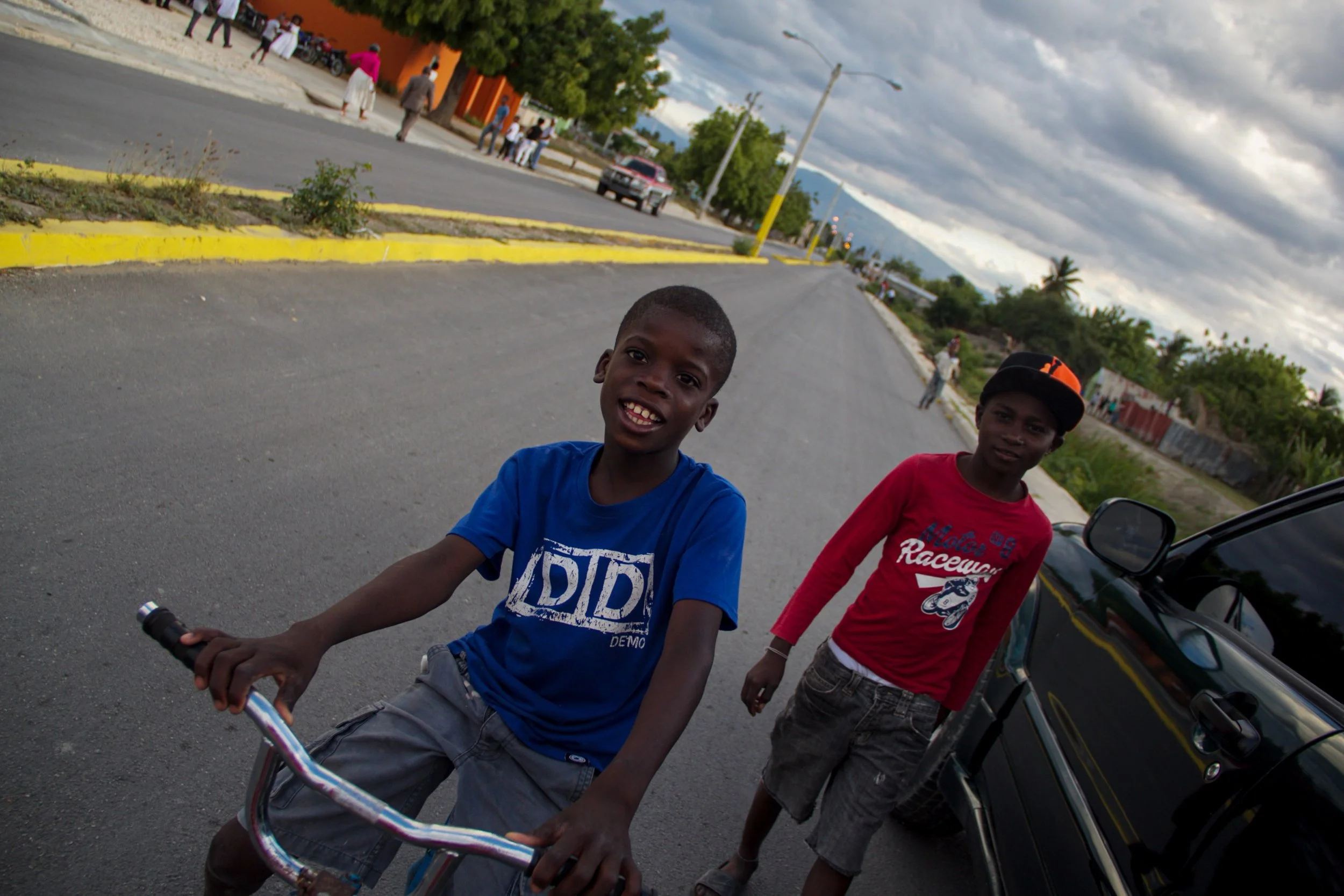

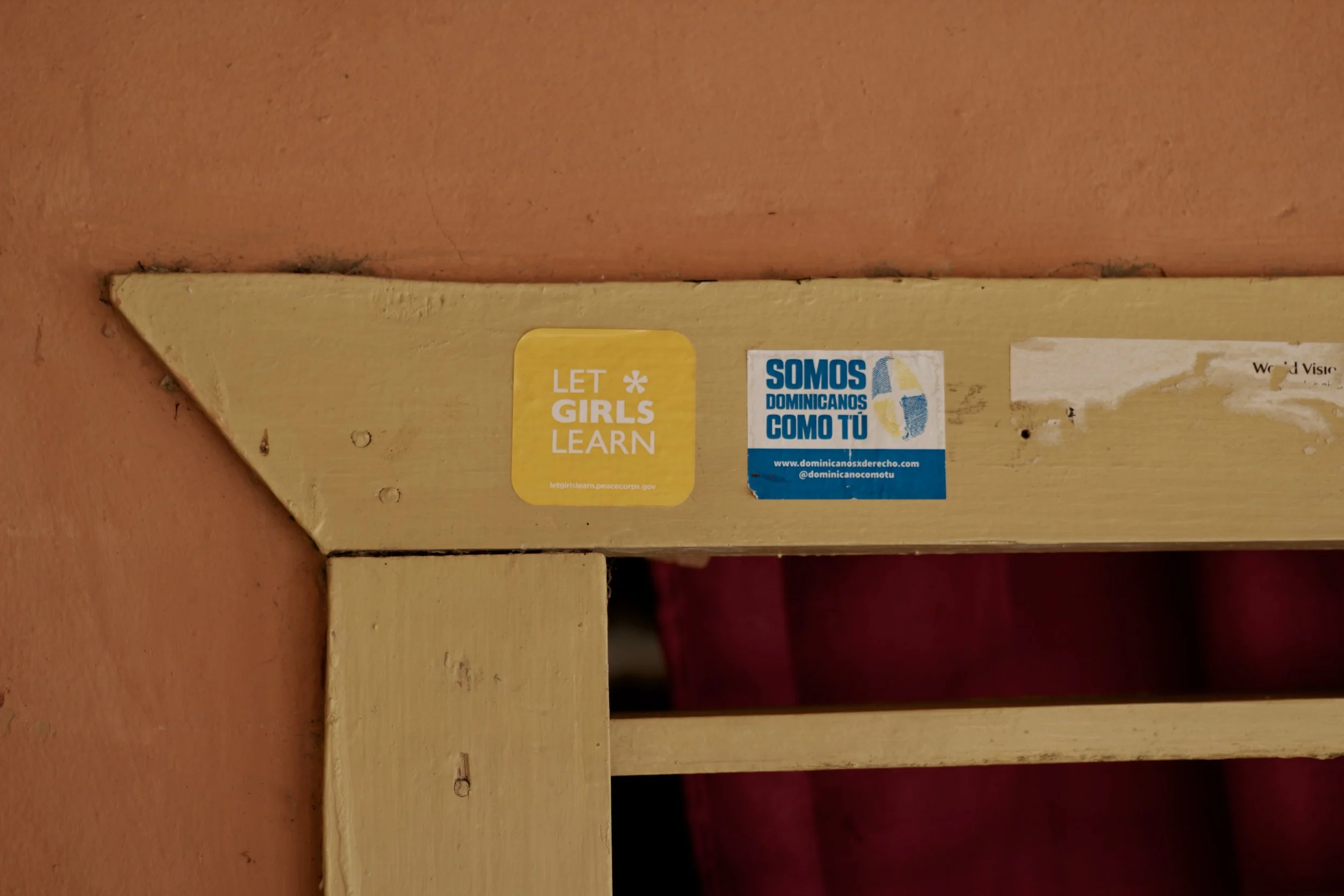





The Dominican Republic is home to the largest stateless population in the Western Hemisphere, formed from a 2013 court order retroactively stripping citizenship from an estimated 200,000 Dominican nationals of Haitian descent. The most affected communities were the bateys, communities historically formed around sugar cane fields.
These communities have faced immigration raids for years, but 2025 has reached unprecedented levels. In October 2024, the Dominican government unveiled a plan to deport 10,000 people each week, in response to increasing gang violence and a humanitarian crisis from neighboring Haiti. The United Nations estimates 200,000 people were deported in 2024, and over 150,000 so far this year—a 71% increase. For many people who are deported, this is their first time in Haiti.
This photo series focuses on daily life and the people of this small batey in the country’s southwest. They are among the poorest and most marginalized areas in the Caribbean and the people living here have faced the brunt of these government decisions.